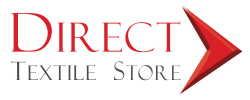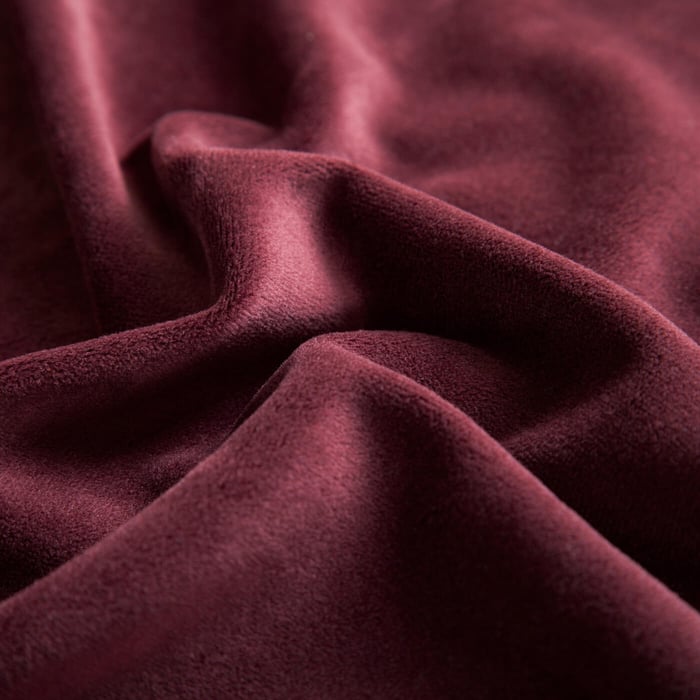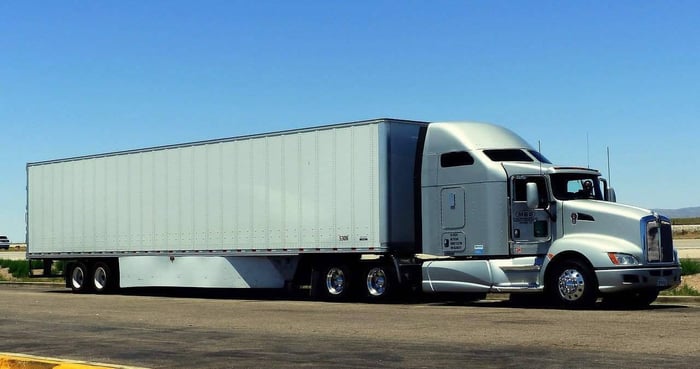Glossary of Textile Terms
Textiles come in a wide range of forms and each type of textiles has its own unique terms. A glossary of textile terms is a useful tool for anyone involved in textiles, whether it's sewing, knitting, weaving or any other textiles-related activity. It contains definitions and helpful information on fibers, fabrics and textiles processes so users can get an understanding of the terminology related to textiles. It also includes descriptions of different types of textiles such as wools, cottons and silks. Whether you're just getting started or looking to refresh your knowledge on textiles topics, a glossary of textile terms can provide hundreds of definitions that are sure to be invaluable when working with textiles.
Bleached is a chemical treatment to remove impurities and whiten the fabric. It can be done either in preparation for dyeing and finishing or to obtain clean whites in finished fabric.
Bleaching is the procedure of improving the whiteness of textile material, with or without the removal of natural coloring matter and/or extraneous substances, by a bleaching agent.
Blend is a fabric or yarn made up of more than one type of fiber.
Buckram is a stiff cloth, made of cotton, and still occasionally linen, which is used to cover and protect books. Buckram can also be used to stiffen textiles. Modern buckrams have been stiffened by soaking in a substance, usually now pyroxylin, to fill the gaps between the fibers. Buckram inserts are used in hotel shower curtains to provide extra stiffness and durability where being attached by hooks, or to the hole opening for hookless shower curtains.
Crepe is a silk fabric of a gauzy texture, having a peculiar crisp or crimpy appearance.
Damask is a fabric of silk, wool, linen, cotton, or synthetic fibers, with a pattern formed by weaving. Today, it generally denotes a linen texture richly figured in the weaving with flowers, fruit, forms of animal life, and other types of ornament.
Draw Sheet- A draw sheet is a small bed sheet placed crosswise over the middle of the bottom sheet of a mattress to cover the area between the person's upper back and thighs, often used by medical professionals to move patients.
Jacquard is a device used in the hand loom or power loom to produce the enlarged designs on the textile cloth or fabric called Jacquard Designs.
Mercerised Cotton (Mercerisation) is a treatment for cellulosic material, typically cotton threads, that strengthens them and gives them a lustrous appearance. The process is less frequently used for linen and hemp threads.
Microfiber are fibers with strands thinner than one denier. Fabrics made with microfibers are exceptionally soft and hold their shape well.
MJS Yarn stands for Murata Air Jet Spinning. Murata is a brand of Japanese spinning equipment developed in the 1980's. Air Jet technology creates a yarn from short staple polyester or for blends, a combination of polyester and cotton (rather than extruded, continuous filament polyester) that is naturally hairy and soft. This technology yields a fabric that has comparatively low pilling and higher absorption rate due to the low twist yarn structure. The loose yarn structure allows the fabric to dry fast as well as accept starch, this also adds to its breath ability. For colors, MJS yarns and fabrics accept dye at lower temperatures yet its color retention is higher than most other fabrics.
Organza is a thin, plain weave, sheer fabric traditionally made from silk, the continuous filament of silkworms. Nowadays, though many organzas are woven with synthetic filament fibers such as polyester or nylon, the most luxurious organzas are still woven in silk.
Percale refers to a closely woven, high thread count, cotton fabric often used for sheets and clothing.
Plain weave (also called tabby weave, linen weave or taffeta weave) is the most basic of three fundamental types of textile weave (along with satin weave and twill). It is strong and hard-wearing, used for fashion and furnishing fabrics. In plain weave, the warp and weft are aligned so they form a simple criss-cross pattern. Each weft thread crosses the warp threads by going over one, then under the next, and so on. The next weft thread goes under the warp threads that its neighbor went over, and vice versa.
- Balanced plain weaves are fabrics in which the warp and weft are made of threads of the same weight (size) and the same number of ends per inch as picks per inch.
- Basketweave is a variation of plain weave in which two or more threads are bundled and then woven as one in the warp or weft, or both.
A balanced plain weave can be identified by its checkerboard-like appearance. It is also known as one-up-one-down weave or over and under pattern. Some examples of fabric with plain weave are chiffon, organza, and taffeta.
Plush is a fabric having a cut nap or pile the same as fustian or velvet.
Polyester is a synthetic fiber.
Reactive Dye is a dye that, under suitable conditions, is capable of reacting chemically with a substrate.
Reactive Dyed is water soluble dyes that bond well to cellulosic and nylon fibers. Provide good brightness and colorfastness.
Ringspun is when regular yarn is made by continuously twisting and thinning the strands making a very fine rope of fibers. The twisting makes the short hairs of fibers stand out, resulting in a stronger yarn with a significantly softer hand.
See Article > The Difference Between Regular Cotton or Polyester Vs. Ringpsun
Sateen is a fabric formed with a satin weave where the floats are perpendicular to the selvage of the goods.
Satin is a cloth that typically has a glossy surface and a dull back. It is formed by a sequence of broken twill floats in either the warp or weft system, which respectively identify the goods as either a satin or a sateen.
Satin weave is a broken twill weaving technique that forms floats on one side of the fabric. If a satin is woven with the floats parallel to the selvedge of the goods, the corresponding fabric is termed a "satin." If the floats are perpendicular to the selvedge of the goods, the fabric is termed a 'sateen.'"
Spun Polyester or Spun Poly has greater durability than regular polyester.
Spun Polyester fabric, as used in tablecloths, has actually been tested to last over three hundred washings!
Spun Poly has a heavier cotton-blend-type texture, so it feels like cotton to the touch. With cotton, numerous washings can fade and degrade the fabric. With
Spun Polyester, numerous washings do not fade the fabric and will produce a softer tablecloth as well.
Spun Poly has far better absorbability, thus eliminating the negative aspect of 100% Polyester.
Terry cloth is a type of cloth with loops sticking out. Most hotel bath towels are examples of Terry cloth.
Terry Velour is the process of trimming the top loops (pile) of a tight weave terrycloth. The result is a fine soft feel with better absorbability on one side of the the terrycloth fabric. This is also referred to as plush.
Thread count is the number of warp threads per inch plus the number of weft threads. Typically used to describe bed linens as in T130, T-180, T-250, T-300, etc. The higher the thread count the nicer the hand and feel. Lower thread count linens are more durable and will better withstand harsh laundry chemicals and repetitive laundering.
Twill weave is a type of fabric woven with a pattern of diagonal parallel ribs. It is made by passing the weft threads over one warp thread and then under two or more warp threads. Examples of twill fabric are gabardine, tweed and serge.
Vat Dye is a water-insoluble dye, usually containing keto groups which is normally applied to the fiber from an alkaline aqueous solution of the reduced enol (leuco) form, and which is subsequently oxidized in the fiber to the insoluble form making it the most long-lasting dye.
Velour is a textile, a knitted counterpart of velvet. It combines the stretchy properties of knits such as spandex with the rich appearance and feel of velvet. Also see "Terry Velour".
Vellux is a manufacturing process to produce blankets using a polyurethane foam insulating base, providing outstanding warmth without weight. Then a reinforcing scrim, or webbing layer, is bonded in between two layers of the polyurethane foam. A colored adhesive is then added, which provides the blanket with a base color. See Article> What is a vellux blanket?
Wickability is the ability of a fiber or a fabric to disperse moisture and allow it to pass through to the surface, so that evaporation can take place.
Yarn is a long continuous length of interlocked fibers, suitable for use in the production of textiles, sewing, crocheting, knitting, weaving and ropemaking. Yarn can be made from any number of synthetic or natural fibers.
About the Author
Haley Bridges, Marketing Assistant at Direct Textile Store
Haley Bridges has served as Marketing Assistant at Direct Textile Store, where she specializes in hospitality linens, uniforms, and bulk textile solutions. She works closely with hotels, restaurants, and healthcare facilities to match them with durable, high-quality products that balance both performance and value. Haley's expertise in textile sourcing and merchandising strategy helps businesses make confident purchasing decisions while staying ahead of industry trends.
If you need assistance, contact Direct Textile Store Customer Service at 800-615-5822


